Amanda Gardiner - 34 Years in Lifting
8th June, 2021
 Durham Lifting is marking its 25th anniversary. Here Amanda Gardiner, Managing Director tells us more about her 34 years working in the Lifting Industry.
Durham Lifting is marking its 25th anniversary. Here Amanda Gardiner, Managing Director tells us more about her 34 years working in the Lifting Industry.
Can you take us back to the beginning with a brief history of the company and how it all began?
My father had an engineering and fabrication company in Teesside and was trading in Oil and Gas. The sector interested me, we put together a company based in County Durham, to provide local companies with lifting equipment.
Twenty-five years is a long time in business and things will have looked very different in 1996 to what they are today. Amanda you personally have over 30 years’ experience in the lifting industry so will have seen these changes first-hand?
The business in 1996 was stable and supported by loyal customers, who valued your expertise, qualifications and advice, clients take a hard line approach to pricing and cost savings.
We have moved into a digital era, nothing like 1996, the introduction of mobile phones, online shopping opens a whole new world for selling overseas and certainly promotes international and nationwide trade.
How did the move into the offshore wind sector come about for Durham Lifting and how has your extensive experience in rigging design helped with this?
Being a manufacturer of beam and crane systems for many years, the move into offshore wind was natural, clients were requesting similar items, but the size and scope changed significantly. The team loved the challenge to learn new products and extend their product knowledge into a new and exciting sector.
Against this changing landscape, some challenges remain ever-present of course, what are some of the most common obstacles you come across?
Financially supporting the projects when they were worth in excess of £1.5million was a new and challenging chapter for the business. As the Old man said – “cash is king”.
Safety is obviously a very big factor, and often in unpredictable climates and changeable weather conditions; what systems and solutions does Durham Lifting specialise in to ensure standards are met?
Durham lifting follow the slogan “we do it right”, staff are trained to cope with difficult situations and make the correct decision to ensure everyone is safe. The company has built its reputation for providing quality craftmanship and completing even the most difficult of tasks safely.
Tight timescales also need to be adhered to quite often, particularly when dealing with offshore applications; how can your expertise help here, even when the lifting arrangements are complex?
Having worked in the sector a long time, short delivery timescales are like second nature to myself and the team, complex lifting arrangements can be engineered in a couple of hours. Goods are prepared and shipped to the client even in the shortest of delivery requirements – having an extensive stock on site helps us achieve tight deadlines
Rigging too, presents its own set of challenges; can you talk us through the process of designing rigging for offshore energy and the elements involved?
The company employs qualified engineers with knowledge and expertise in rigging design, most requirements are fast, so we need to work with the equipment we have got and put together a calculated rigging plan that supports the client’s needs. We take the time to ensure suitable products are selected, wide body shackles when needed to protect equipment from damage and can calculate many standards and factors to promote a safe lifting environment.
The team have years of product knowledge and provide suitable solutions for complex rigging arrangements.
There have been a number of firsts and innovations for Durham Lifting since the company was founded, including being one of the first manufacturers of modular spreader beams. Can you talk us through what this is and its main benefits when used offshore?
Modular spreader beams provide the ideal solution for an array of lifting operations. They are versatile and cost effective. Their modular construction allows for so many configurations, providing loading capacities from 1tonne to 5000tonne, spreading the load and reducing the rigging weight is a factor when utilising offshore/deck cranes. We first introduced modular beams in 1986 and have since developed this into the current Multi-Sec range of products.
Tell us a little bit about Testbed too. It was originally used for testing the girders used on the Sydney Harbour Bridge, is that right?
Oh yes, the testbed was built in 1926 by Dorman Long a famous bridge building company based in Teesside in the early 1920’s. Structures from the Sydney harbour bridge were loaded and produced here on Teesside. The testbed was originally steam driven; this was changed to hydraulic circa 1950. It’s a great historic building.
How big a role does testing of equipment play in your day to day work?
Testing offshore equipment is at the heart of everything that Durham Lifting do, equipment is tested in line with British standards whether it be equipment that we have manufactured or Clients’ goods that require testing before use. We are very proud to be keep such a large part of Teesside’s heritage alive.
From bridges to energy, Durham Lifting has supported multiple large scale wind projects in the UK now. Can you describe one or two highlights you’ve been particularly proud of to date?
We have worked on some of the largest wind farms in the Uk and have a proven track record that spans 15 years, we have put together some technically difficult lifting arrangements working with new products, such as synthetic ropes. Rampion was a personal favourite using dyneema slings for the first time, sourcing products well in excess of 1000tonne. Watching ourselves and suppliers break the mould with new technologies and working at loads never seen before is extremely exciting.
An anniversary is always a good time to look ahead, as well as to reflect – for the land-based and offshore energy markets what innovations are you seeing coming through now? What do you think will be the next big thing in lifting for this sector?
Green energy is still a huge driver for UK industry, will be interesting to see the developments of wave technology. The current level of government investments should hopefully see companies continue to invest into the UK, and emerging technologies.
And for Durham Lifting in particular, what will be your next focus?
We are continuing to develop our Multi-Sec range of products, and look for an international base for supply, we have two new products coming through for offshore and subsea works, will be very interesting to see how these are utilised in the marketplace.
What are your predictions for what the wind sector might look like in 25 years from now, when Durham Lifting celebrates its half-centenary?
Offshore wind is definitely here for the long term. It will continue to develop and The North East of England will remain a significant global player. There will be extensive decommissioning of older plant (already started) and the introduction of more efficient wind farms. Climate change pressures will enhance the demand for sustainable, non-fossil fuelled energy. Durham Lifting aims to be at the heart of this for the next 25 years.
Latest News
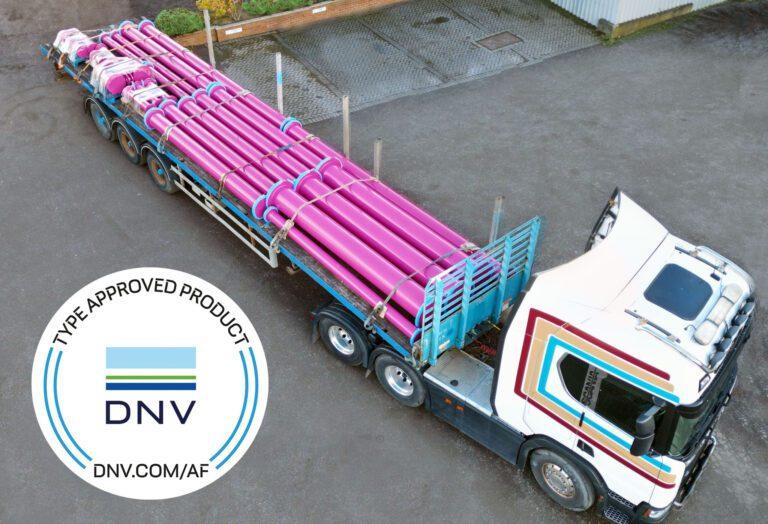
Durham Lifting Celebrates DNV Type Approval for Multisec Modular Spreader Beams
Durham Lifting’s Multisec Modular Spreader Beams achieve prestigious DNV Type Approval, confirming world-class safety, engineering integrity, and offshore readiness.
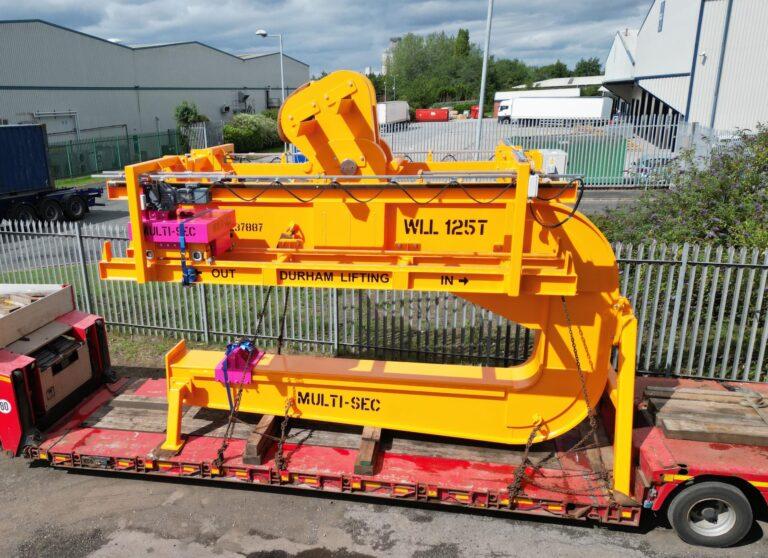
Durham Lifting Supports MultiSec in Launch of One of the World’s Largest C-Hooks for Offshore Wind
Durham Lifting Supports MultiSec in Launch of One of the World’s Largest C-Hooks for Offshore Wind 28th July, 2025 Durham Lifting and MultiSec are proud
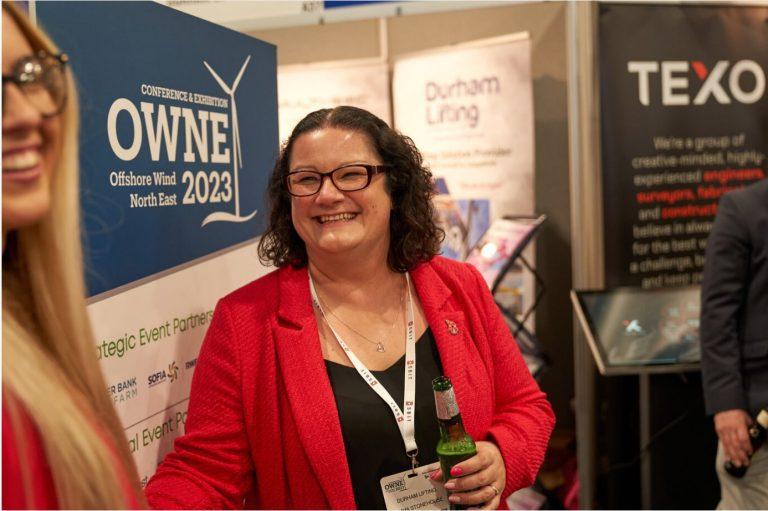
National Apprenticeship Week #NAW2025 at Durham Lifting
We are proud to celebrate National Apprenticeship Week 2025 (#NAW2025) by highlighting the incredible career journey of Emma Stonehouse. Starting as an apprentice, Emma has worked her way up to become our Internal Sales Manager.
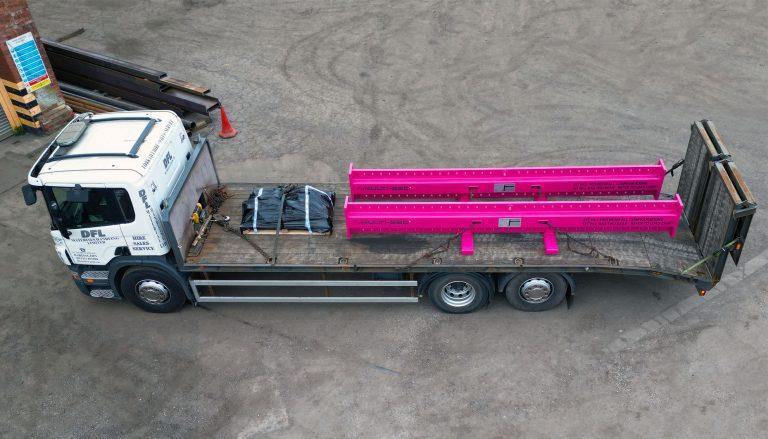
Introducing the Multisec Multi-Point 34T Heavy Lifting Beam for Hire
Introducing the latest addition to our hire fleet – the Multisec Multi-Point 34T Heavy Lifting Beam. With a 34-tonne capacity and a 10.5-metre span. The beam is engineered to offer versatility, reliability, and efficiency across industries such as construction, manufacturing, and offshore operations.
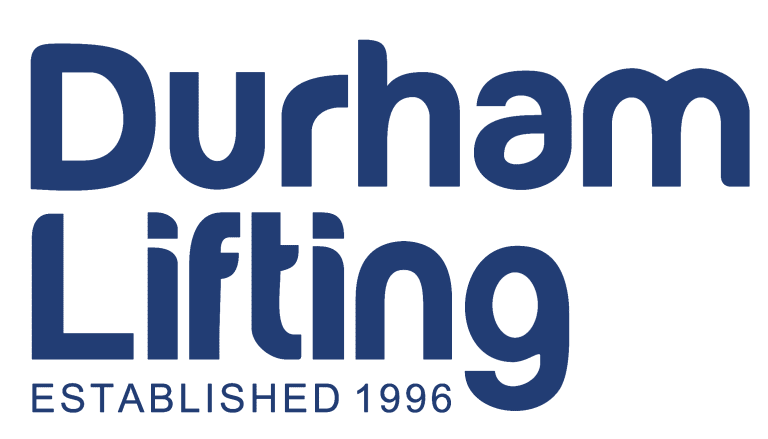
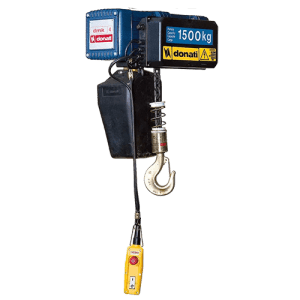

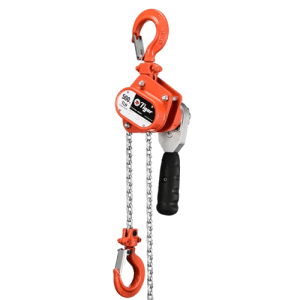
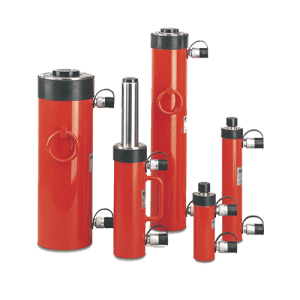
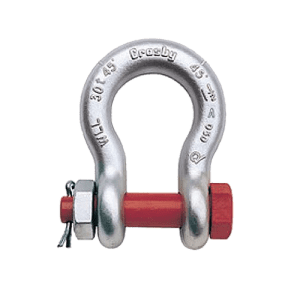
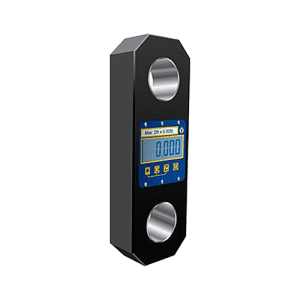
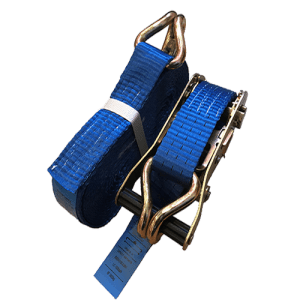
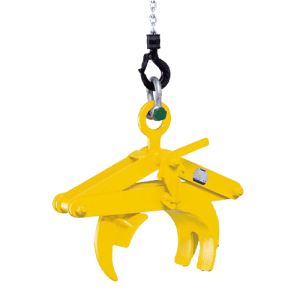
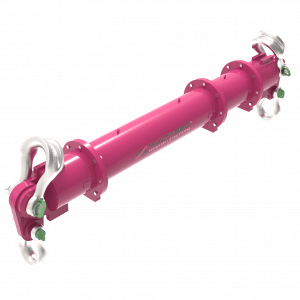
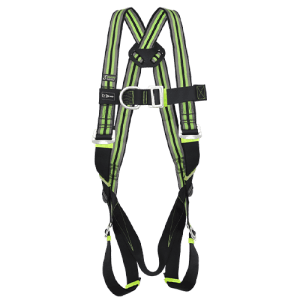
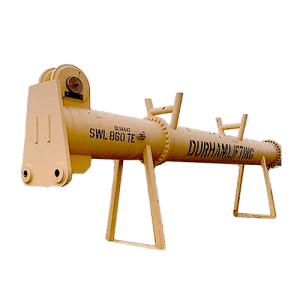
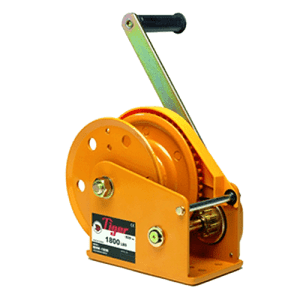
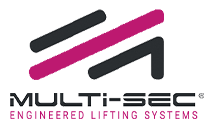


 Newton Aycliffe phones are operating as normal.
Newton Aycliffe phones are operating as normal.